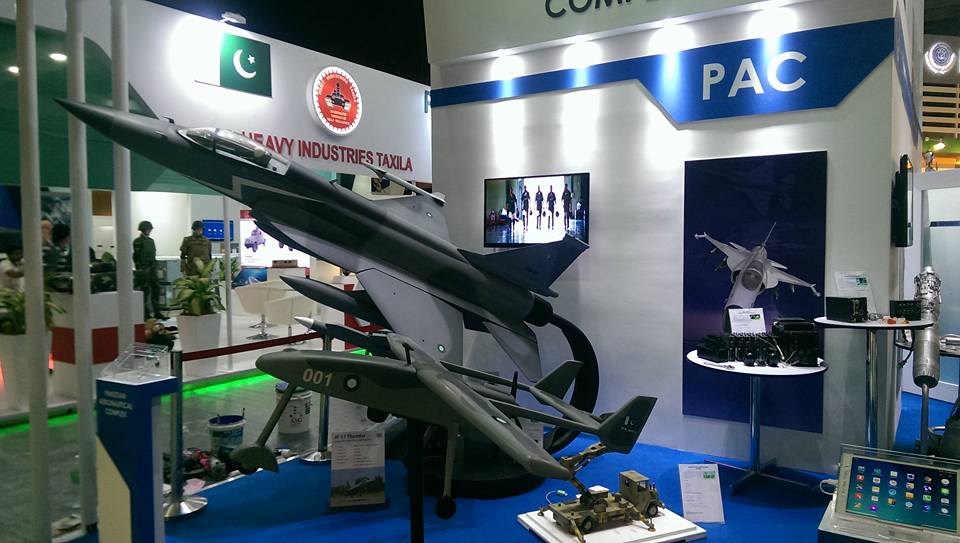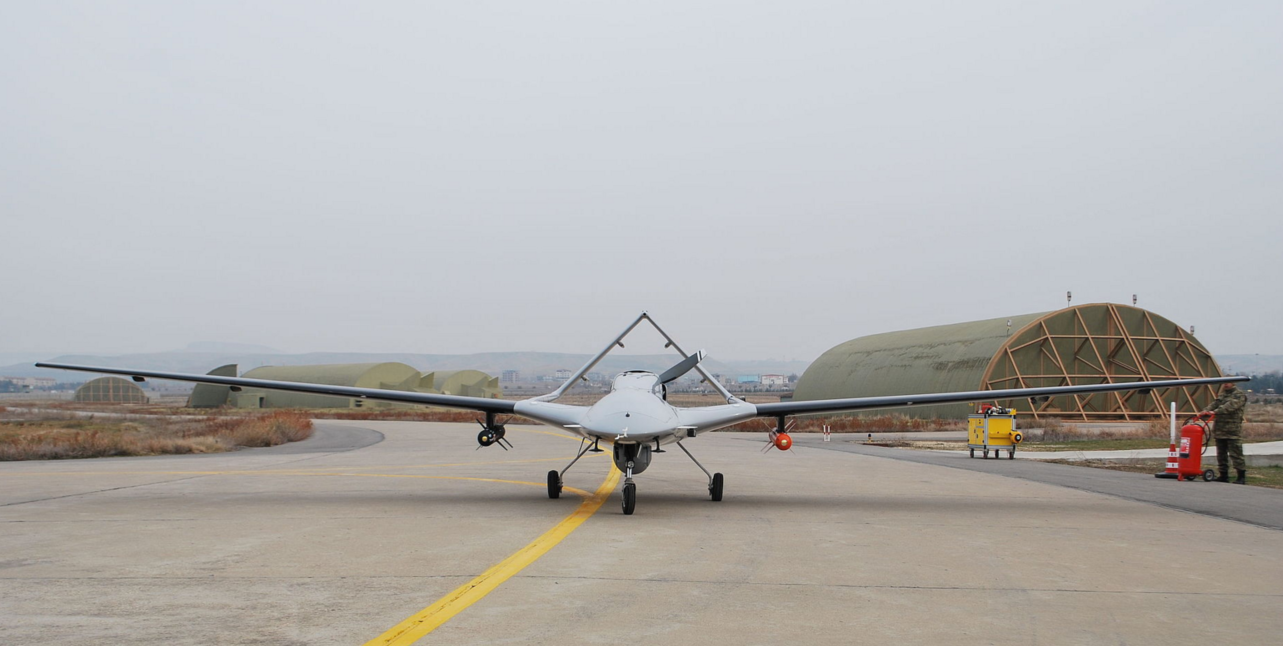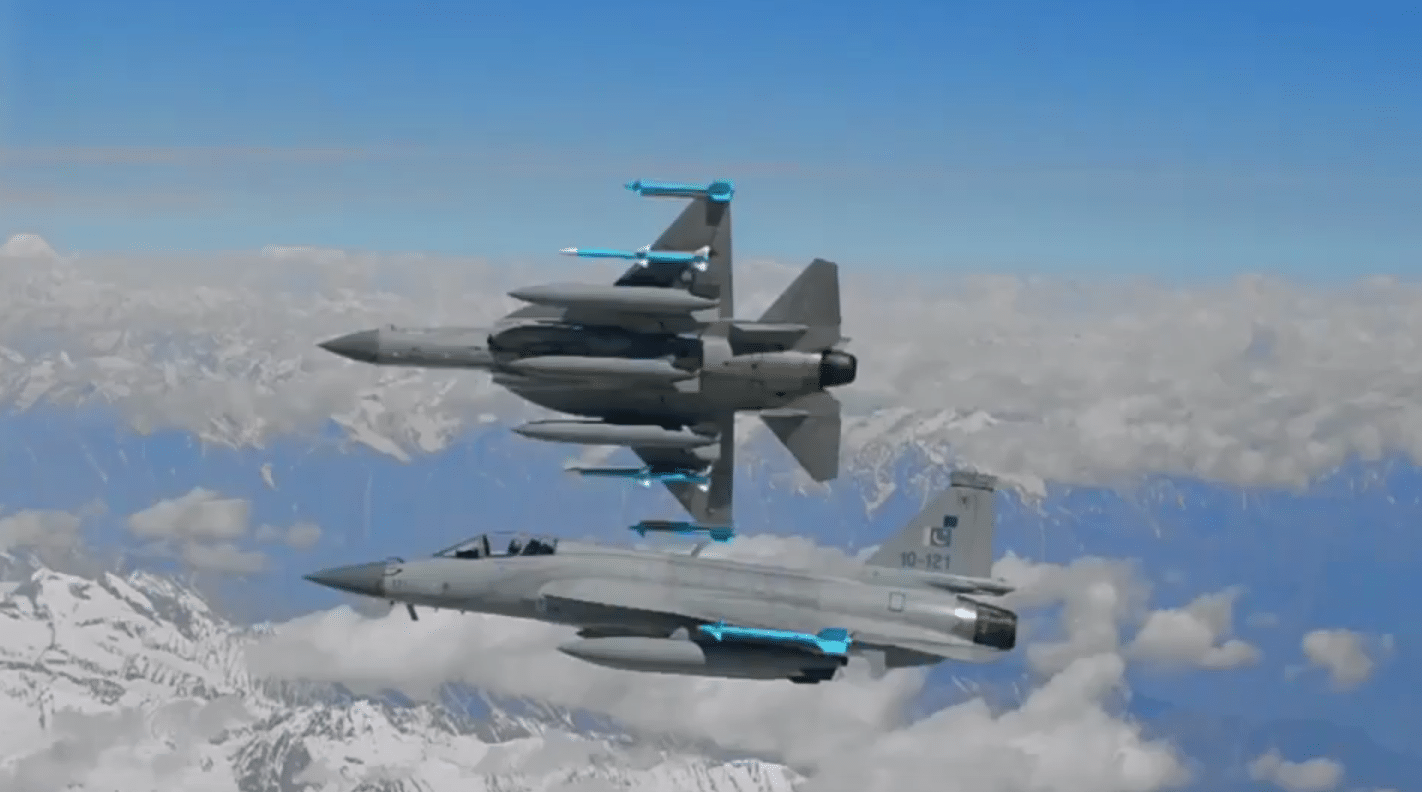2789Views 3Comments

DSA 2016: Potential for Pakistan’s defence industry
By Bilal Khan
Numerous Pakistani firms participated at the 2016 Defence Services Asia (DSA) exhibition, which was recently held in Kuala Lumpur, Malaysia. The Pakistani companies that participated at DSA 2016 include Heavy Industry Taxila (HIT), National Radio Telecommunication Corporation (NRTC), Pakistan Aeronautical Complex (PAC), and Pakistan Ordnance Factories (POF), among others.
The desire to exhibit a presence at DSA 2016, a defence exhibition focused on Pacific Asia, is interesting. Pakistan would know that garnering meaningful market share in that region would not be an easy task considering how well established Western (and increasingly Indian and Russian) firms are in the region. Furthermore, China’s relationship with its Pacific Ocean neighbours is complicated, to say the least. Of course, that does not mean Pakistan will be unable to make substantive strides, but careful attention and considerable focus would be required, especially with regards to big-ticket items. It is highly unlikely that we will see activity in terms of high-value hardware, such as aircraft and armour.
That said, there is potential in Pacific Asia, but not for PAC or HIT. Rather, Pacific Asia could be a lucrative area for players such as POF. In terms of exports and penetrating the global arms market, POF has done relatively well, even though it manufactures variants of legacy firearms, such as the German Heckler and Koch G-3. Despite that, it has emerged as a highly dependable supplier of small arms, not just to Pakistan, but a number of countries as well. For this year, POF has set its export target to $100 million U.S.
Substantial investment is required in order to upgrade POF’s production facilities, but seeing the Pakistan Army’s needs evolve (alongside that of Pakistan’s paramilitaries, law enforcement agencies, and even special forces entities), it is likely that POF will see improvements. In fact, in addition to supporting the needs of the armed forces, POF itself is being encouraged to become a more capable market competitor.
First, the Pakistan Army is apparently evaluating a number of new assault and battle rifles for use with its infantry. The winner could potentially be manufactured under license at POF’s facilities in Wah. The provision of a new rifle alongside upgrades to its machinery could enable POF to offer compelling small arms solutions for militaries as well as law enforcement agencies (LEA) in Pacific Asia. Quality weapons that could be scaled across a large number of users at an affordable cost is a genuine need, and with the right product and marketing strategy, POF could deliver.
Second, investments ought to be made in targeted areas, particularly those that focus on the quality of infantry. Modern small arms as well as ancillary equipment, such as effectively functional optics (e.g. sights) and underslung grenade launchers (UGL), can be costly if scaled for use across a large number of people. POF has both the incentive and opportunity to help address that problem, perhaps by collaborating with those interested in engaging with the Pakistani defence industry, such as Belarus. If done, POF could offer complete end-to-end solutions, making it an enticing source for many customers.
Being a source for quality and competitively priced equipment for personnel could be a workable niche for the Pakistani defence industry, especially in Pacific Asia. But there are challenges. Despite a call for being a commercially capable player, POF’s primary function is to support the Pakistani armed forces. In of itself, that is a good thing, but there are trade-offs. Just take a look at the Army’s quest for a new standard issue rifle.
Despite being a common, mature, and affordable platform that is already in use with some organs of the Pakistani military, the AR-15 is nowhere to be found. From a commercial standpoint, would it not have made sense for POF to tune a new variant of the AR-15 (like Turkey’s MKEK did with the MPT-76)? Granted, it is a very common system, but that is part of the reason why it is also an attractive option, users would not have trouble supporting it. At the end of the day, POF has very limited resource bandwidth, it cannot engage in commercial ventures whilst also supporting the Pakistan Army separately, the two areas basically need to overlap. The rifle the Army selects for its needs could very well end up being produced at POF, and in turn, that would be the rifle POF has as its modern offering for the market.
One may be wondering about the JF-17. It is highly unlikely that PAC or HIT would make significant in-roads into Pacific Asia. For one thing, Western vendors have a firm hold over each of the major players (besides China), and China’s defence ties with a number of them are not ideal. These two aspects alone will essentially prevent the JF-17 from acquiring customers in that market. That said, PAC is optimistic with its chances in Pacific Asia, but it would be a long-shot, one that may require the demonstration of JF-17 Block-III.



3 Comments
by Ashi Sidhu
what happened to the jf 17 sale
by middleway1
The real weakness of the Pak defense industry is that it is all government owned. It is not really possible to have a vibrant and competitive defense industry without the involvement of the private sector.
by Mustafa O
Mother india and her pimps stole the show